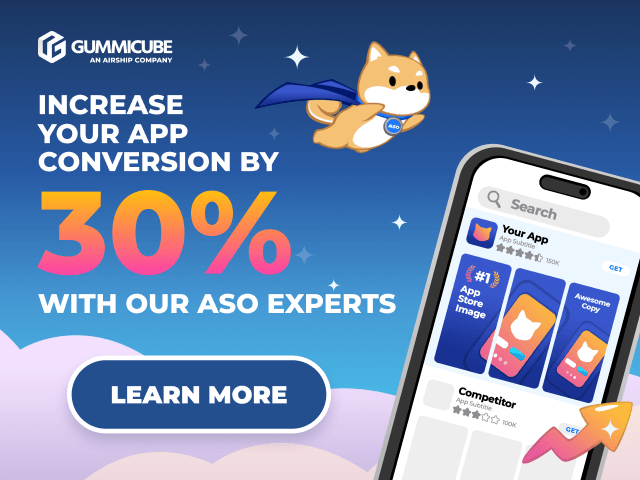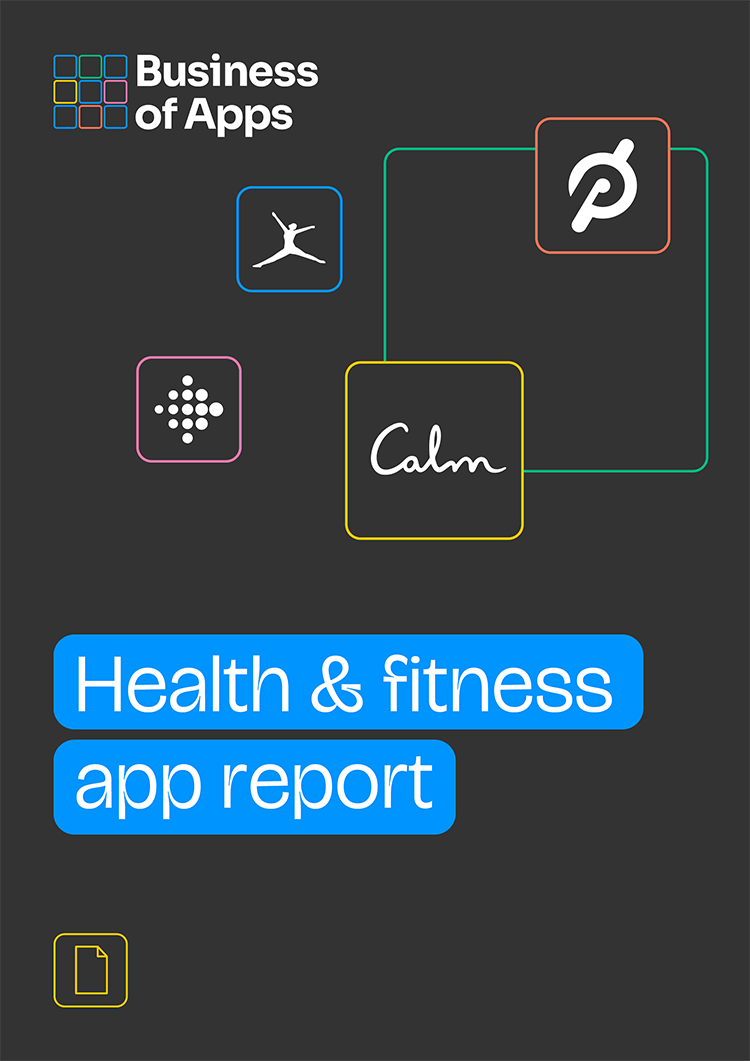In 2004, Andy Puddicombe returned to London from a ten year expedition training as a Buddhist monk. Returning home, he established his own private meditation practice and in 2010 one of his clients, Richard Pierson (CEO), helped him establish Headspace.
Headspace was originally an events company, offering prospective clients a way to book Puddicombe. After several clients asked him for material to take come, the team (a few friends of Puddicombe and Pierson) built an app to fill that need.
The app originally came with a few offline sessions, which followed the classes conducted in London. Puddicombe delivered the sessions in his soothing British voice, which is still the default male voice on Headspace. His appearances on Jimmy Fallon and his TED Talk have made him a key ambassador for mindfulness in the West.
The app quickly surpassed event bookings as the revenue driver for Headspace. It reached one million downloads in 2014, and received early praise from several celebrities, alongside partnerships with Virgin Atlantic and Harvard University.
Even with this growing interest in mindfulness, Headspace was still a rather niche company until 2018. In that year, it reached one million paid subscribers, a 50 percent surge over the previous year, alongside a growth in commercial clients, such as Google and LinkedIn.
As Headspace grew, so did its rival, Calm. Both built by UK entrepreneurs, Headspace and Calm are in what they describe as “mindful competition”.
Headspace has always been focused on meditation, with its exhaustive list of A-Z list of sessions. Courses for stress, anger, depression, work performance and even teaching kids how to meditate are all available on the app. Many courses are built within the three level framework: learn, practice and master.
However, in the past few years it has branched into other forms of wellness, such as adult sleeping, exercise routines and music playlists. It launched a podcast called Radio Headspace, in which Puddicombe discusses a few key questions from listeners. Mindful Earth launched in 2020, which combines BBC Planet Earth cinematography with Headspace’s wellness sessions.
In 2021, Headspace and on-demand mental health platform Ginger announced plans to merge. The combined entity combines Headspace’s approachable self-serve platform with Ginger’s clinical expertise.
We have collected data and statistics on Headspace. Read on below to find out more. Explore further with our in-depth health & fitness app report.
Headspace Key Statistics
- Headspace made an estimated $195 million in 2023
- 2.8 million people subscribe to Headspace and the app has been downloaded 80 million times
- 2,700 businesses have partnered with Headspace to offer the app for free to employees
- Headspace Health, the combined company of Headspace and Ginger, was valued at $3 billion
Health & Fitness App Report 2025
Want to learn more about the health & fitness app industry? In our Health & Fitness App report, we cover financials, usage, downloads, and demographics by age and gender, alongside market share, engagement, and benchmarks.
Headspace Overview
| Title | Title 2 |
|---|---|
| Launch date | 6 January 2012 |
| HQ | Santa Monica, California |
| People | Russell Glass (CEO), Andy Puddicombe (co-founder, advisor) |
| Business type | Private |
| Industry | Meditation and wellness |
Headspace Revenue
The Headspace app made an estimated $195 million in 2023, through the $10 a month subscription it charges to access its library of wellness guides.
Headspace revenue 2016 to 2023 ($mm)
| Year | Revenue ($mm) |
|---|---|
| 2016 | 30 |
| 2017 | 40 |
| 2018 | 60 |
| 2019 | 100 |
| 2020 | 150 |
| 2021 | 220 |
| 2022 | 235 |
| 2023 | 195 |
Note: 2020-2023 values are estimates. Sources: Health & Fitness App Report, Fortune
Headspace Subscribers
Headspace subscribers declined by 500,000 to 2.8 million paid subscribers in 2023.
Headspace subscribers 2017 to 2023 (mm)
| Year | Subscribers (mm) |
|---|---|
| 2017 | 0.4 |
| 2018 | 1 |
| 2019 | 1.3 |
| 2020 | 2 |
| 2021 | 3.5 |
| 2022 | 3.3 |
| 2023 | 2.8 |
Sources: Health & Fitness App Report, Company data
Headspace Commercial Customers
Headspace has over 2,000 commercial customers, which provide Headspace and Ginger for free to employees.
Headspace commercial customers 2018 to 2022
| Year | Commercial customers |
|---|---|
| 2018 | 300 |
| 2019 | 420 |
| 2020 | 600 |
| 2021 | 2,100 |
| 2022 | 2,700 |
Sources: Company data, Marketwatch
Headspace Downloads
Headspace has been downloaded 80 million times, with most downloads occurring during the pandemic.
Headspace cumulative downloads 2016 to 2023 (mm)
| Year | Downloads (mm) |
|---|---|
| 2016 | 6 |
| 2017 | 16 |
| 2018 | 32 |
| 2019 | 47 |
| 2020 | 59 |
| 2021 | 69 |
| 2022 | 75 |
| 2023 | 80 |
Source: AppMagic
Headspace Valuation
Headspace Health, the combined entity of Headspace and Ginger, was recently valued at $3 billion.
Headspace valuation 2015 to 2021 ($mm)
| Year | Valuation ($mm) |
|---|---|
| 2014 | 50 |
| 2017 | 250 |
| 2018 | 320 |
| 2021 | 3000 |
Sources: The Times, Forbes, TechCrunch
Headspace Funding
Headspace has received $320 million cumulative funding since launch.
Headspace cumulative funding 2015 to 2023 ($mm)
| Year | Funding ($mm) |
|---|---|
| 2015 | 38 |
| 2017 | 75 |
| 2020 | 215 |
| 2023 | 320 |
Source: Crunchbase
Headspace vs Calm: Revenue
Calm has held a lead on Headspace in revenue over the six years, although both have increased and decreased revenues at similar rates.
Headspace and Calm revenue 2016 to 2023 ($mm)
Want to learn more about wellness apps? Check out our Health & Fitness App Report
Headspace FAQ
What companies offer Headspace to employees?
Google, LinkedIn, Starbucks, Adobe, GE and Turner have all partnered with Headspace for commercial use (Marketwatch)
Who has the most subscribers out of Headspace and Calm?
Calm has the most subscribers at four million, although Headspace has not updated its subscriber count since early 2020
What are Headspace demographics?
Usage demographics are evenly split between 18 to 65 year olds, gender is also a 50/50 split (Forbes, Jinhong Chen)
How many meditation sessions are available on Headspace?
There is over 300 hours of guided meditation available on the app
How many countries is Headspace available in?
Headspace is available in over 190 countries, in five languages
When was Headspace founded?
Headspace was founded in 2012 by Andy Puddicombe and Richard Pierson, who received $50,000 from friends to launch the app (Forbes)
More Health & Fitness App Data
- Fitbit Revenue and Usage Statistics (2025)
- Fitness App Revenue and Usage Statistics (2025)
- Health & Fitness App Benchmarks (2025)
- Health App Revenue and Usage Statistics (2025)
- Strava Revenue and Usage Statistics (2025)
- Peloton Revenue and Usage Statistics (2025)
- Sweatcoin Revenue and Usage Statistics (2025)
- Calm Revenue and Usage Statistics (2024)
- Wellness App Revenue and Usage Statistics (2025)
- MyFitnessPal Revenue and Usage Statistics (2025)



